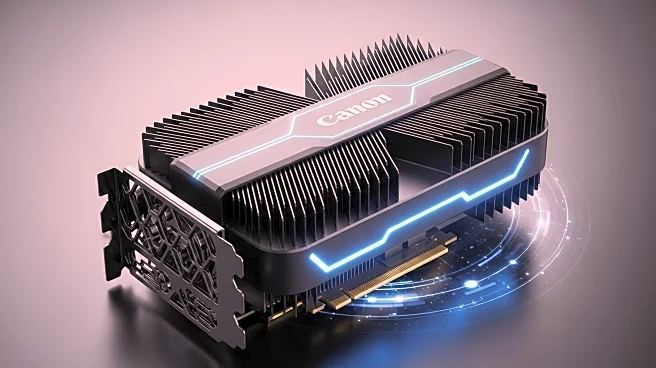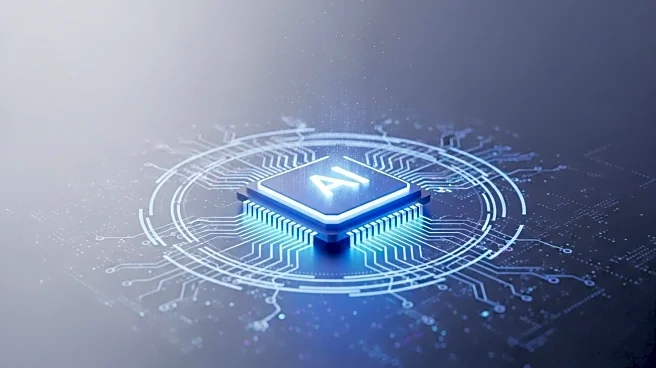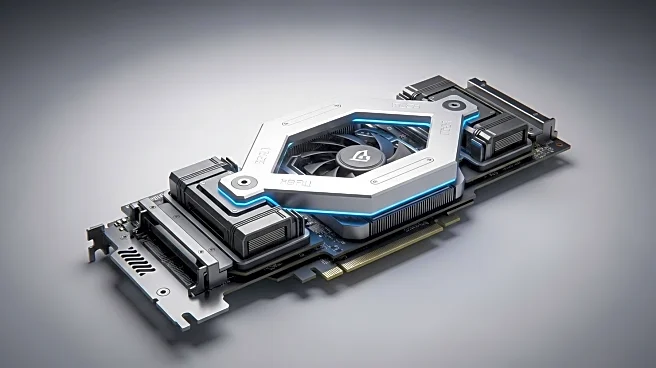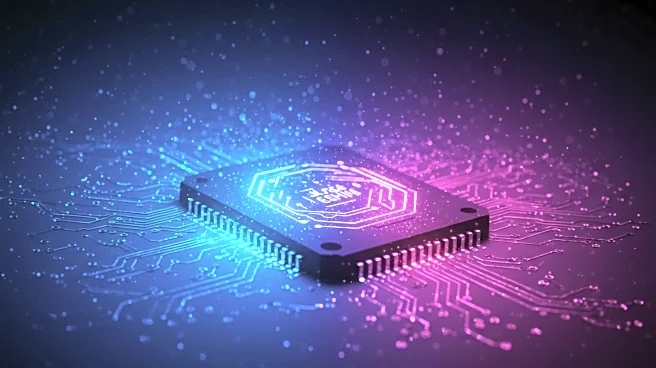Rapid Read • 7 min read
NVIDIA has presented its GB10 SoC architecture at the Hot Chips 2025 conference, showcasing a multi-die single-chip solution designed for high-performance Arm-based workstations. The GB10 integrates a GPU die based on the Blackwell architecture and a CPU die built by MediaTek, featuring 20 Arm CPU cores. Both dies are constructed using TSMC's 3nm process, making GB10 the most advanced Blackwell product to date. The architecture supports key features such as FP4, DLSS, and raytracing, and includes a unified memory architecture with 128GB of LPDDR5X system memory. The GB10 is designed to run off a standard wall outlet, a notable feature compared to traditional server boxes.
AD
The introduction of the GB10 SoC marks a significant advancement in NVIDIA's hardware capabilities, particularly in the realm of machine learning and high-performance computing. By leveraging MediaTek's CPU chiplet, NVIDIA aims to enhance the memory subsystem's performance and reliability, crucial for handling large-scale models. This development is poised to impact industries reliant on advanced computing solutions, such as AI research and data analytics, by providing a compact yet powerful workstation option. The collaboration with MediaTek also highlights a strategic partnership that could influence future semiconductor innovations.
NVIDIA plans to utilize the GB10 SoC in its DGX Spark workstations, enabling developers to test and deploy models efficiently. The company is likely to continue refining its hardware offerings to cater to the growing demand for high-performance computing solutions. Stakeholders in the tech industry, including developers and businesses, may anticipate further advancements in NVIDIA's product lineup, potentially influencing market dynamics and competitive strategies.
The GB10's architecture reflects a broader trend towards integrating multiple technologies to achieve higher efficiency and performance in computing devices. This approach may lead to ethical considerations regarding the environmental impact of semiconductor manufacturing and the balance between innovation and sustainability.
AD
More Stories You Might Enjoy










